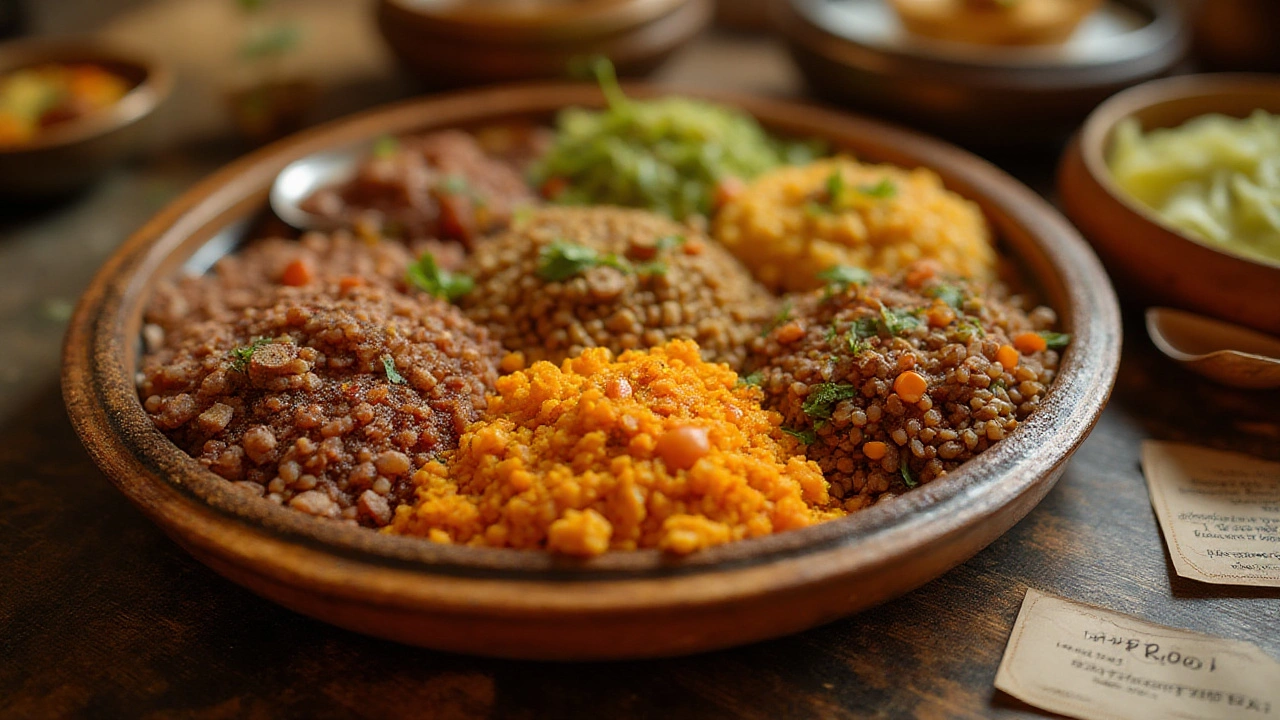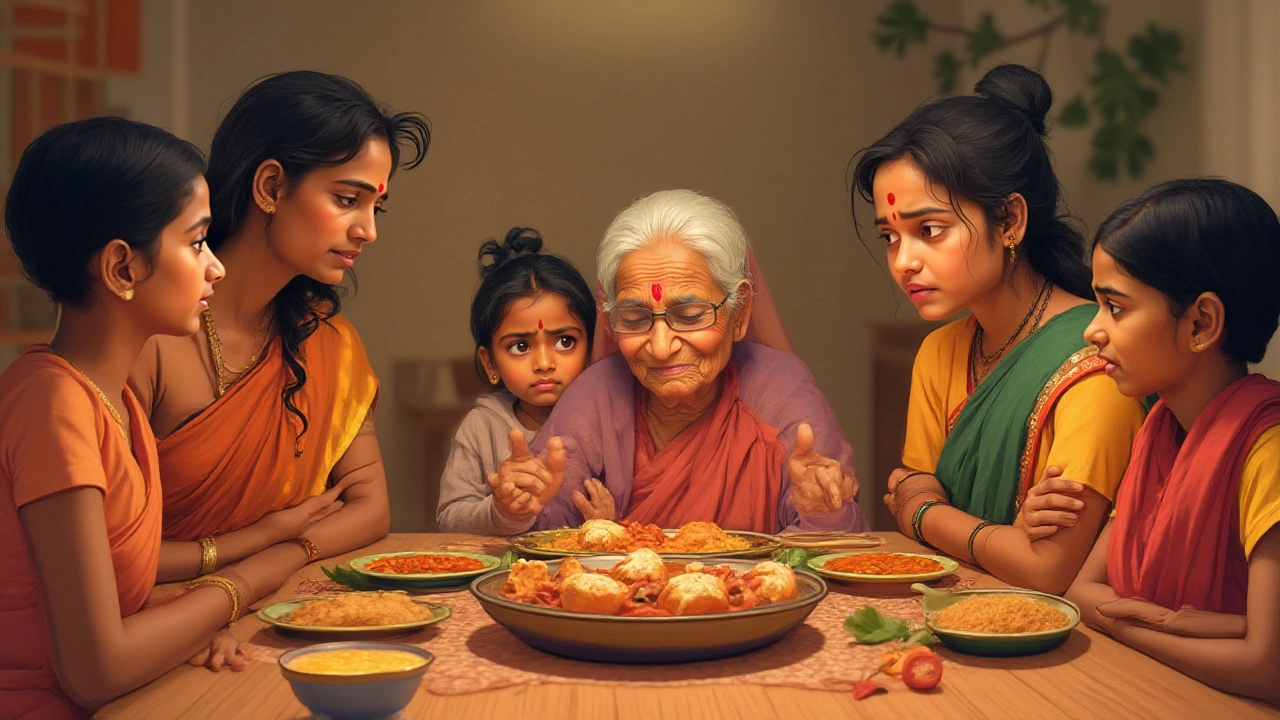You probably grew up believing lentils are the perfect food—protein-packed, cheap, filling, and good for just about everyone. But here's something most people don't talk about: lentils aren’t always a safe, healthy bet for every body or every situation. Sounds strange? People have been eating them since the Stone Age, but sometimes, it actually makes sense to leave that dal bowl on the table untouched. Nobody ever tells you when avoiding lentils might actually be the better move. Let’s unpack those little pulses and see where the story gets complicated.
Lentils and Your Body: Who Should Watch Out?
For lots of folks, lentils are a total win. They’re loaded with plant protein, fiber, iron, folate, and a gallery of other good-for-you nutrients. But if you ever walked away bloated, gassy, or doubled over after a lentil-heavy meal, you're far from alone. Lentils are smart carbs, but your gut can struggle with them, especially if you’re not used to high-fiber foods or if your digestive system is on the sensitive side.
People with irritable bowel syndrome (IBS) are often told to treat lentils with a lot of caution. Lentils are high in fermentable oligosaccharides—basically, they’re loaded with FODMAPs. FODMAPs are carbs some people just can’t break down. Look at someone with IBS after a lentil curry and they might look six months pregnant (and deeply regretting their life choices). Dietitians regularly tell IBS clients to limit lentil servings and pay close attention to symptoms, especially in flare-up periods. If you're not sure where you land, keep a food journal. Record how you feel after eating lentils; even small swaps like using well-rinsed canned lentils instead of dried (they’re lower in FODMAPs) can sometimes be a game-changer.
Allergy risk? Lentil allergy isn’t common, but it exists. It pops up more in regions where lentils are a staple—Spain and India see more lentil-induced allergic reactions than the UK or US. Classic symptoms include hives, swelling, or even trouble breathing right after eating lentils or foods made with lentil flour. In kids, especially those with pea or chickpea allergies, proceed with major caution—these foods share similar proteins. Anyone with a family history of legume allergies should check with an allergist before digging in.
Then there’s G6PD deficiency—a genetic disorder seen mostly in men of African, Mediterranean, or Asian descent. Some sources warn that lentils might trigger hemolytic anemia in those with G6PD deficiency. This is super rare, but it’s not a risk you want to stumble into unknowingly. If you know you have G6PD deficiency, avoid fava beans for sure—and talk to your doc about lentils just to be safe.
If you ever had a kidney stone, particularly the kind made up of oxalates, pay attention: lentils are pretty high in oxalates. That matters, because oxalates bind with calcium and can form stones if you’re prone to them. After passing a stone or if your doctor says you’re at risk, keep your lentil portions modest and pair your meals with plenty of water.
Finally, the rare but real problem—lentil poisoning. It only happens if you eat raw or undercooked lentils. Raw lentils carry lectins, a natural toxin that cooking destroys. Eat them raw and you’ll probably end up with nausea and stomach cramps, not exactly the protein fix you signed up for.

When Eating Lentils Can Make Things Worse
Timing and context really matter with lentils. Are you on a date? Serving lentils to someone with a nervous stomach? Trying to refuel after a stomach bug? These are moments when lentils might not be your friend.
Lentils are loaded with fiber—about eight grams per half cup, more than double what you get from white rice. That’s good for slow-digesting energy, but too much fiber too quickly? You could spend your afternoon glued to the bathroom or passing gas you’d rather keep under wraps. Nutritionists say if you’re new to legumes, increase your intake slowly. Let your gut adjust. Start with just a couple spoons in salad instead of a big bowl of dal.
Meal time can matter, too. You’re about to exercise or run a race? Skip the lentils. All that fiber and resistant starch takes time to move through your system. If you don’t want your stomach reminding you mid-sprint, keep your pre-run meals low on the lentil scale. The same logic goes for test days, public speaking, or situations where you really can’t be running to the restroom. Lentils shine in meals you can eat at home, not when you need your digestive tract on its best behavior.
Are you trying to recover from a stomach flu or diarrhea? Give your gut a break. Lentils are rough and can be hard to digest when your intestines are already sensitive. It’s why bland foods—toast, bananas, plain rice—show up on doctor-recommended recovery menus. Add lentils back only when things settle down.
Lentils can mess with certain minerals in your body too. They contain phytates, which can make it hard for your body to absorb iron, zinc, and calcium. In wild numbers, you might never notice—but if you’re low in iron or calcium, or you’re at risk for anemia, eating a mountain of lentils probably isn’t the best plan. Here’s a tip: soaking, sprouting, or fermenting lentils reduces the phytate content and makes minerals more available. That’s why some traditional diets always soak or ferment their pulses before cooking.
You’re on certain meds? This is an under-talked-about one. Lentils are very high in potassium, so if you’re on kidney meds or potassium-sparing diuretics, eating lots of lentils could tip your potassium levels dangerously high. Your nephrologist might tell you to skip lentils, or at least measure your portions carefully. Make sure to ask before you go heavy on that dal makhani.
Here’s a quick look at common groups who might need to eat lentils with caution:
| Situation | Why Avoid? |
|---|---|
| Have IBS or sensitive gut | High FODMAPs, can cause bloating and pain |
| Recovering from stomach bug | Hard to digest when intestines are irritated |
| History of kidney stones | High in oxalates, can trigger stone formation |
| G6PD deficiency | Very rare, possible trigger for anemia |
| Lentil/all legume allergy | Risk of allergic reaction |
| Certain kidney conditions | Very high in potassium |
| New to high fiber diets | May cause digestive upset |
Too often people blame their lentil problems on "bad cooking" or "spices" when it's really about their personal tolerance, health background, and the way lentils interact with other foods.

How to Enjoy Lentils Safely: Tips and Healthier Swaps
If you love lentils but want to stay comfortable and safe, try these strategies. First up: cook them long and slow. Pressure cooking or boiling lentils until soft—not just "al dente"—reduces both lectins (the natural toxins) and the stuff that irritates your gut. Indian cooks have nailed this for generations: dal shouldn’t crunch at all. If you want to cut down on FODMAPs even more, scoop off and discard foam or cooking water. Canned lentils, as mentioned before, are often gentler on the gut since some FODMAPs leach out into the brine (which you should drain).
If iron or zinc are concerns, squeeze a bit of lemon juice on your lentil dish before eating. The vitamin C helps your body absorb the iron, and the acidic environment breaks down anti-nutrients. Pairing lentils with leafy greens or colorful peppers does double-duty for your iron and vitamin C needs.
Traditional Indian cuisine is full of tricks for making lentils easier to digest—like adding ginger, cumin, asafoetida (hing), and turmeric. These spices aren’t just for flavor; they help break down complex carbs, reduce bloating, and add their own health benefits. Next time you make lentils, try frying these spices in a little ghee or oil before mixing them into the pot—your taste buds and stomach will thank you.
Portion control is underestimated. Aim for half a cup cooked per person if you’re sensitive or new to lentils. Ease in gradually—don’t go from zero to a full lentil soup pot overnight. For those on low-FODMAP diets, red lentils or canned brown/green lentils are your best shot. You can even try lentil pasta, which is usually easier on the stomach than straight-up whole lentils.
If you eat a lot of lentils, remember to drink more water. All that fiber soaks up water in your digestive tract, so staying hydrated is crucial for keeping things moving comfortably.
For those who get bloated even after all these tweaks, try rotating in other protein sources now and then: tofu, eggs, dairy, or even small portions of well-cooked quinoa. Every body has its quirks—listening to yours is way more important than a piece of generic diet advice.
Here’s a final pro tip: don’t stress about missing out if you can’t comfortably eat lentils. Plenty of plant-based foods offer protein, fiber, and minerals. The key is keeping your meals varied and paying attention to what actually makes you feel good. Lentils are amazing, but they’re not magic—and sometimes, saying "no thanks" is the healthiest thing you can do.
So next time someone insists lentils "are good for everyone," you’ll know there are real times to skip them, and even more smart ways to enjoy them safely.
